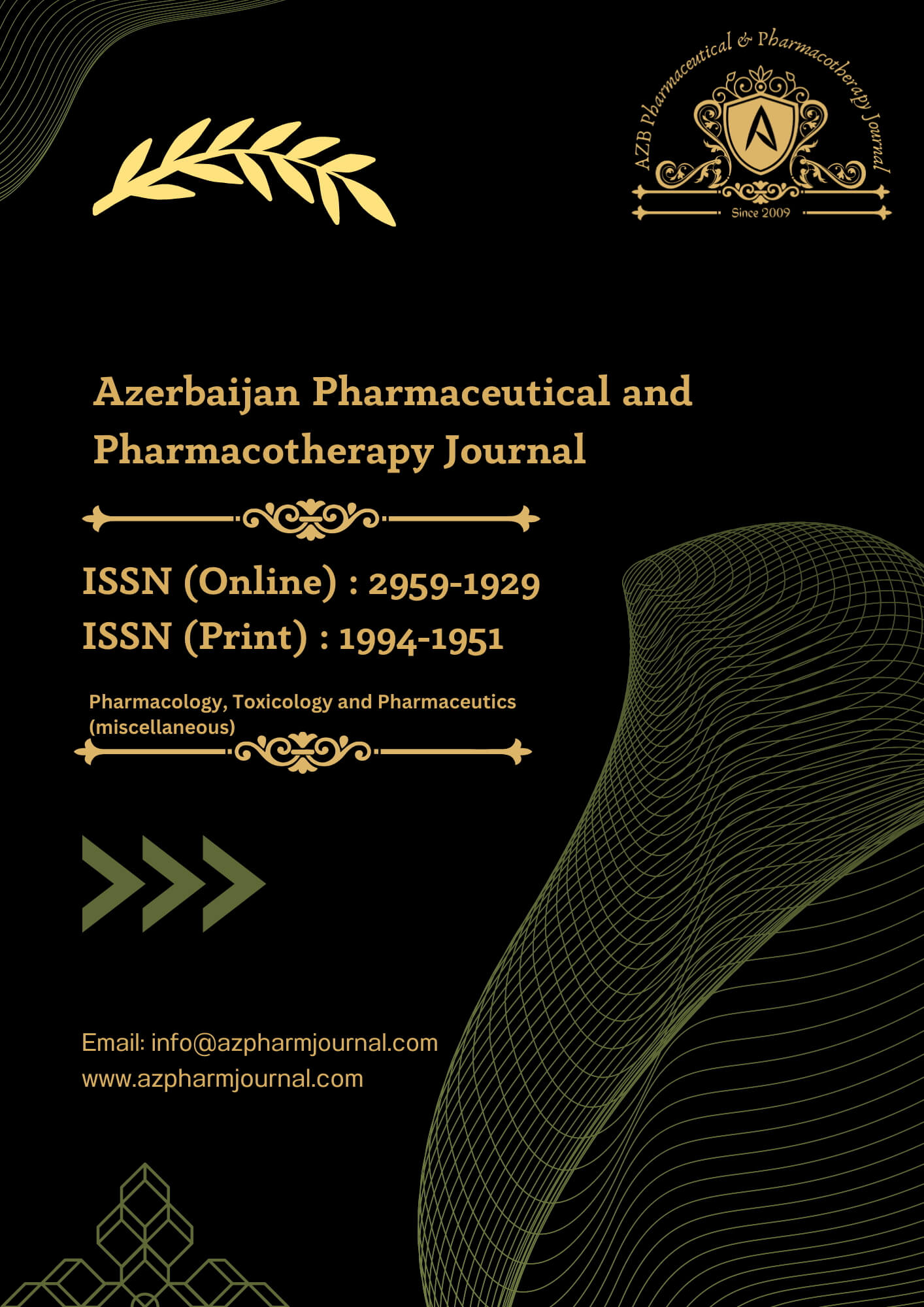4. Discussion
Osteoarthritis (OA) of the knee, a widespread musculoskeletal disorder, often manifests with diverse clinical and radiological presentations. Among these, bilateral varus deformity, marked by inward angulation of the lower limbs, poses unique challenges in terms of surgical management. Total knee replacement (TKR) is a well-established intervention for end-stage knee OA, offering substantial pain relief and functional improvement. However, the choice between conventional TKR and robotic-assisted TKR in patients with bilateral varus deformity remains a subject of ongoing debate. This discussion will critically analyze our study’s findings and compare them with existing literature to provide insights into the optimal surgical approach for this specific patient population within the Eastern demographic context.
Our study demonstrates that both conventional and robotic-assisted TKR approaches significantly improve clinical outcomes in patients with bilateral varus deformity knee OA. The Visual Analog Scale (VAS) scores for pain significantly decreased over time in both groups, reaching remarkable improvements at the 1-year follow-up. This is consistent with numerous studies in the literature, emphasizing the effectiveness of TKR in pain alleviation [6, 7].
However, when comparing the two surgical techniques, robotic-assisted TKR exhibits several advantages. Patients in the robotic-assisted TKR group experienced significantly less pain, as evidenced by the lower VAS scores at all follow-up intervals compared to the conventional TKR group. This finding aligns with previous studies that have reported reduced postoperative pain in robotic-assisted TKR [8, 9].
Furthermore, the Knee Society Score (KSS) and WOMAC Score, both indicative of functional improvement and reduced pain, significantly favored the robotic-assisted TKR group. This result corresponds with prior research highlighting the benefits of robotic technology in achieving better knee function and patient-reported outcomes [10, 11]. Patients in the robotic-assisted TKR group also reported higher satisfaction rates, which is an important patient-centered outcome. This could be attributed to the enhanced precision and accuracy of implant placement associated with robotic assistance, resulting in superior functional outcomes and higher patient contentment [12, 13].
Quality of life, as assessed by the SF-36, substantially improved over time in both groups, but the robotic-assisted TKR group consistently exhibited better scores. This signifies that not only did patients experience less pain and better function, but they also had an improved overall well-being with the robotic-assisted approach.
Radiological outcomes are paramount in assessing the long-term success of TKR procedures. In our study, both groups demonstrated significant improvements in mechanical axis deviation and component positioning. These findings are consistent with the goals of TKR, which aim to restore the mechanical alignment of the knee joint and ensure proper implant positioning [14, 15]. However, the robotic-assisted TKR group exhibited statistically superior mechanical axis deviation and component positioning compared to the conventional TKR group. This suggests that robotic assistance plays a pivotal role in achieving precise alignment and positioning, which can ultimately contribute to better implant longevity and overall joint function [16, 17, 18].
Importantly, implant survivorship remained excellent in both groups throughout the study duration, with no revisions reported. This is consistent with the high success rates of TKR reported in the literature [19, 20]. Additionally, the low complication rates, including infections, in both groups underline the safety and efficacy of both surgical techniques [20, 21].
Our study’s findings align with previous research that has investigated the benefits of robotic-assisted TKR in improving clinical and radiological outcomes [22, 23]. The advantages observed in terms of reduced pain, better functional outcomes, and enhanced radiological alignment further support the growing body of evidence in favor of robotic assistance in TKR procedures.
It is noteworthy that our study specifically focuses on the Eastern population, which may exhibit unique genetic and anatomical variations compared to Western populations. The positive outcomes observed in this demographic group emphasize the adaptability and efficacy of robotic-assisted TKR across diverse patient cohorts.
However, the adoption of robotic technology in TKR must also consider cost-effectiveness and resource availability, particularly in regions with diverse healthcare resources. While the benefits of robotic-assisted TKR are evident in our study, cost-effectiveness analyses should be conducted to assess the economic implications.
